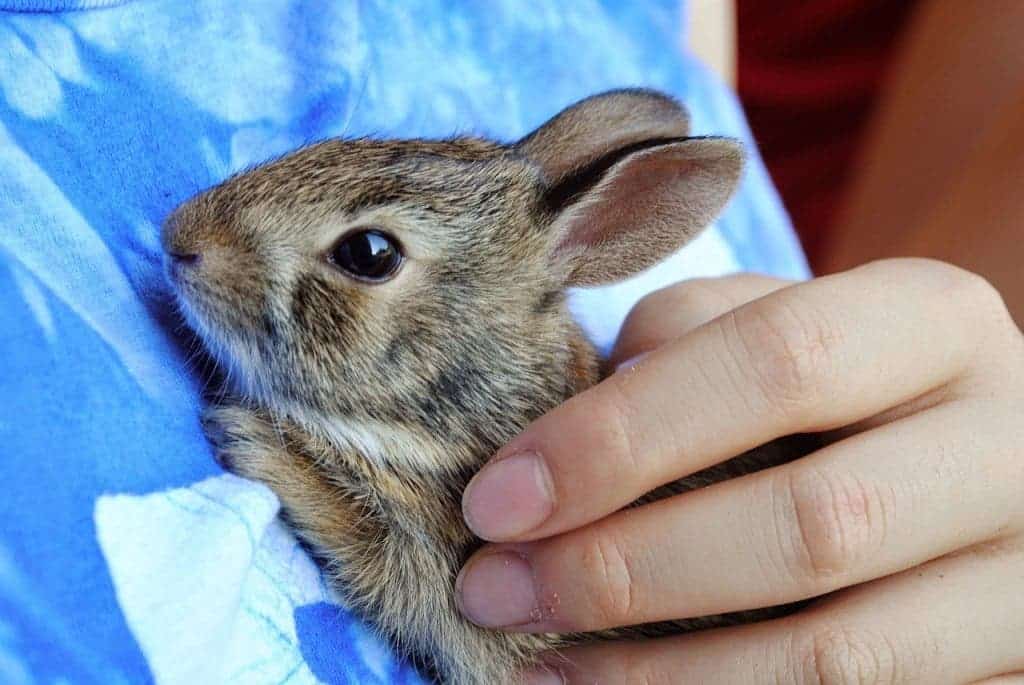Coxing cells to multiply and grow into any type of tissue is one of the most mind boggling, yet challenging science. It’s well worth it once you’ve got everything pinned down. Just remember complex organisms like us humans started with with one single cell, and unlocking this potential bred and nurtured by millions of years of evolution might be limitless. One prime example of what you can do with stem cells comes from Japan where researchers made all the important distinct tissues that makeup the eye. Corneas made by them were transplanted to blind rabbits. The animals could see afterwards.
“We are now in the position to initiate first in-human clinical trials of anterior eye transplantation to restore visual function,” Kohji Nishida, a biologist at Osaka University in Japan, wrote in the paper he co-authored in Nature.
In 2006, Shinya Yamanaka made a groundbreaking discovery that would win him the Nobel Prize in Physiology or Medicine just six years later: he found a new way to ‘reprogramme’ adult, specialized cells to turn them into stem cells. These laboratory-grown stem cells are pluripotent – they can make any type of cell in the body – and are called induced pluripotent stem cells, or iPS cells. Before this remarkable discovery, embryonic stem cells were the only pluripotent cells available.
Both iPS and embryonic stem cells are self-renewing, meaning they can divide and produce copies of themselves indefinitely. Now, using a couple of skin samples researchers can re-program them into iPS, which in turn can be induced to grow into a liver or neurons for instnace. It’s that versatile.
To study diseases, iPS disease are proving to be more and more valuable. Instead of using animal models, like the lab mouse, researchers can now, say, grow genuine brain cells from patients with Parkinson’s disease, especially in the early stages of the disease before the patient is aware of any symptoms. The neurons have the same genetic background (the same basic genetic make-up) as the patients’ own cells. Thus scientist can directly work with neurons affected by Parkinson’s disease in a dish.
Reprogramming holds great potential for new medical applications, such as cell replacement therapies. Since iPS cells can be made from a patient’s own skin, they could be used to grow specialized cells that exactly match the patient and would not be rejected by the immune system. Whole specialized tissue or organs can be also be made.
Nishida and colleagues, for instance, coerced iPS cells to form a simple proto-eye, complete with all important tissues. This includes the retina — the light-sensitive layer of tissue at the back of the eyeball. The iPS cells were made from rabbit skin cells.
Clear sheets of corneal material were grafted from the eye grown in a dish and implanted into the eyes of rabbits with defect corneas from birth. The animals could see following the operation.
The major breakthrough lied in the fact that these tissues could be controlled and grown separately.
“Our work not only holds potential for developing cells for treatment of other areas of the eye, but could set the stage for future human clinical trials of anterior eye transplantation to restore visual function,” the researchers wrote.
Clinical trials will start soon and hopefully the same technique might be used soon to restore vision to humans with damaged corneas. So far, it all looks very promising and there’s no technical reason why this shouldn’t work. Recently, scientists in China repaired the eyes of 12 children under two years old with cataract by using stem cell therapy.










